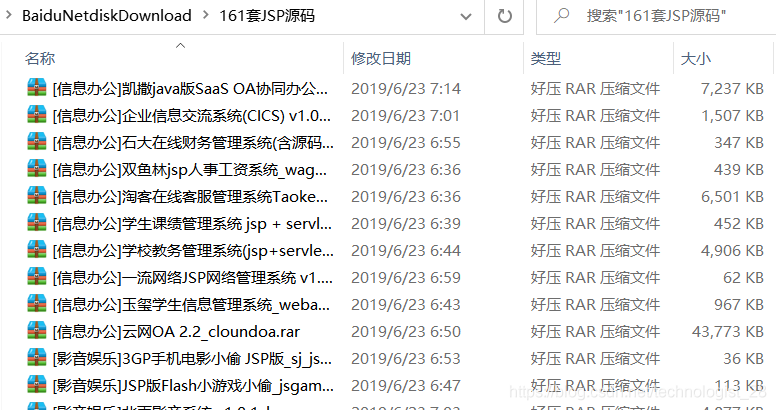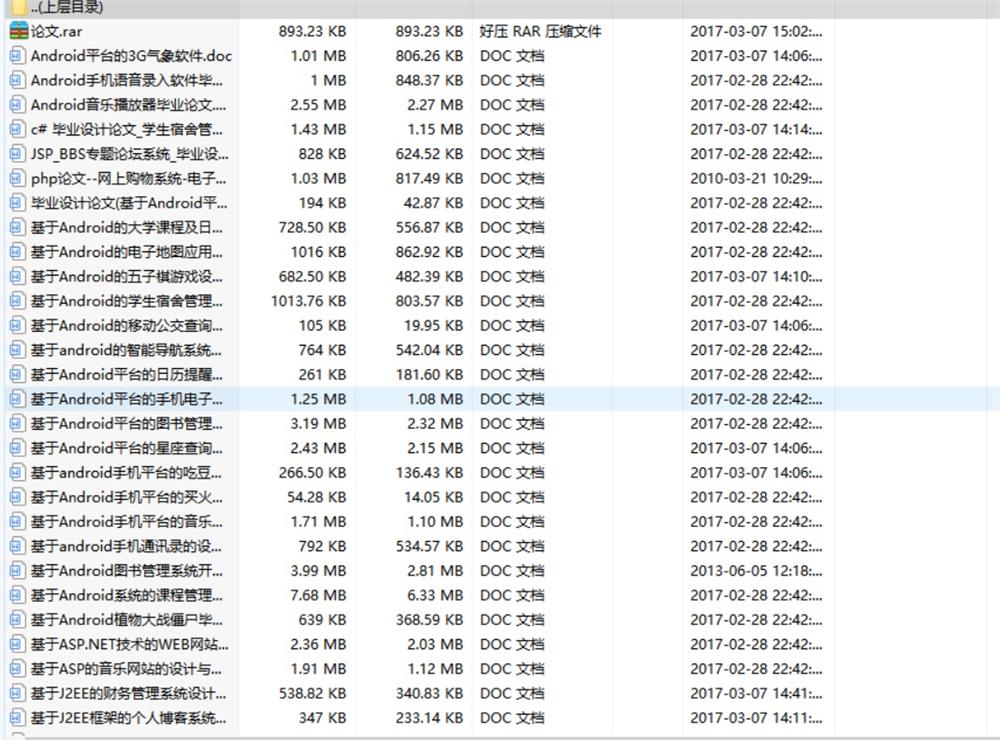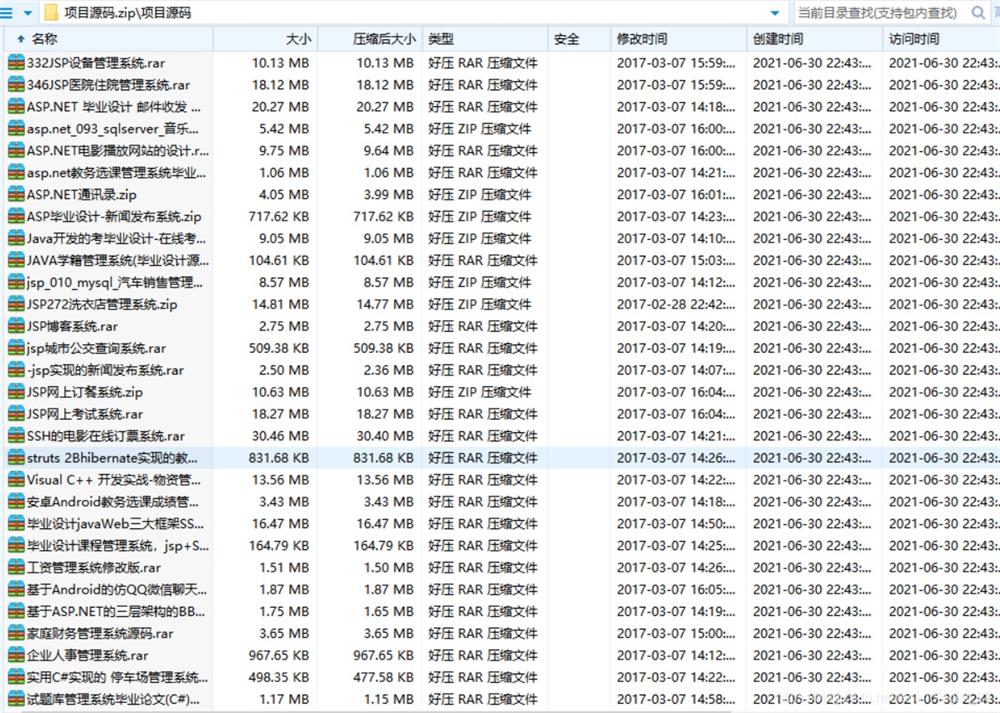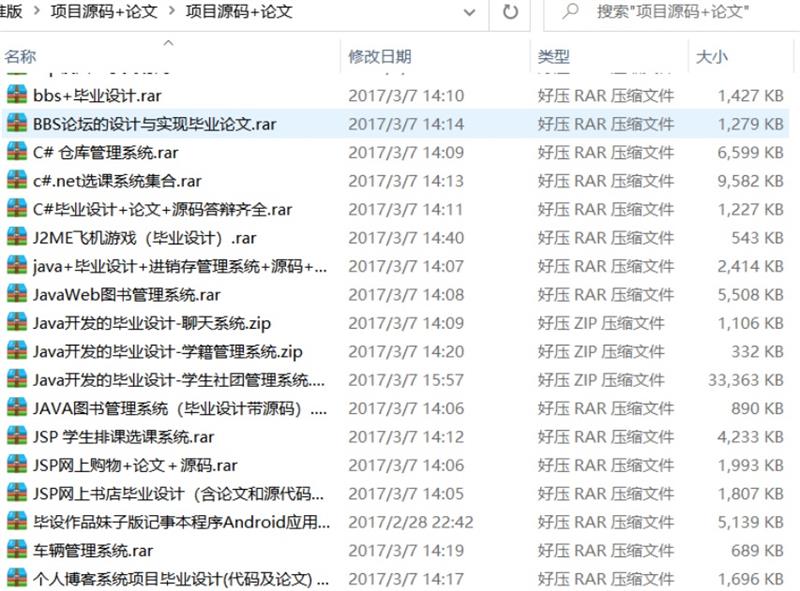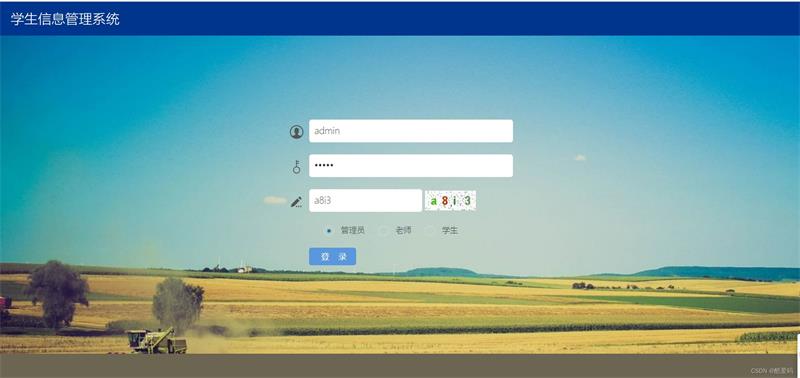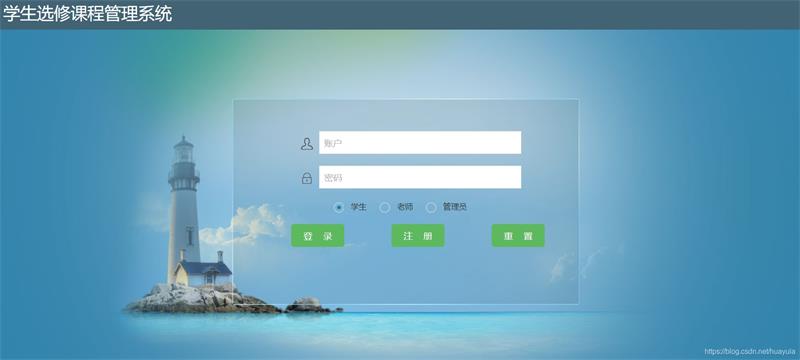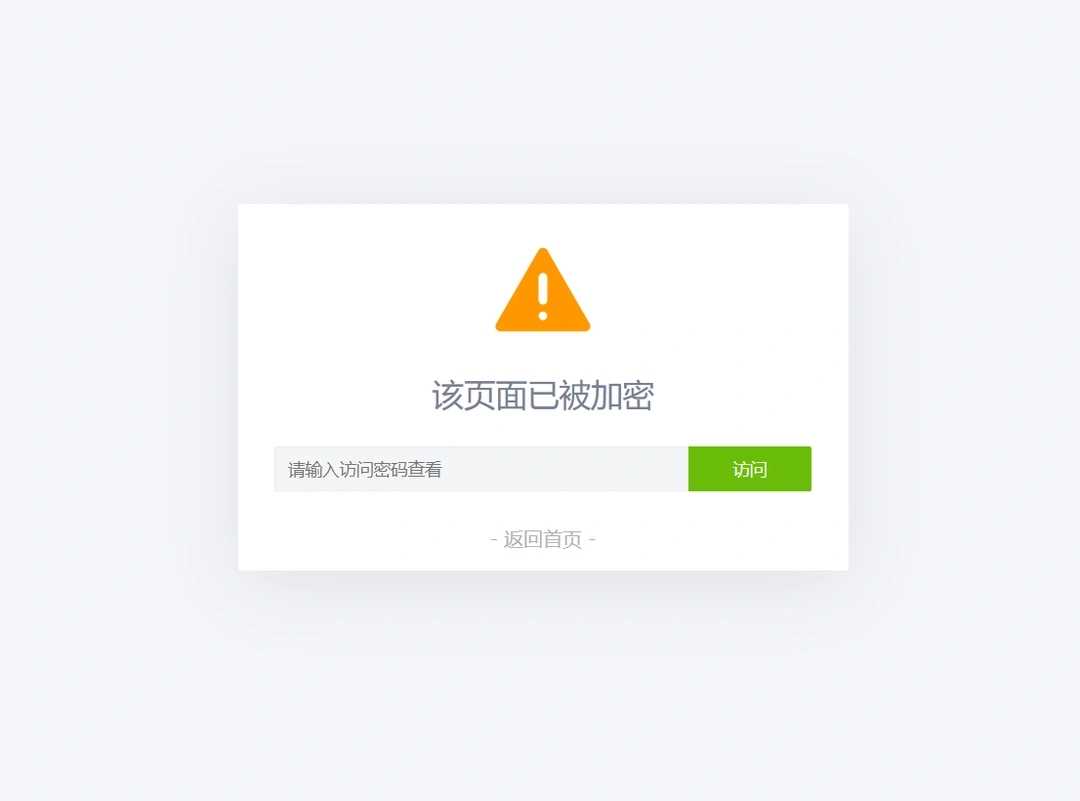前言
在 Java 开发中,异步执行是提高系统性能和响应速度的重要手段之一。在 Spring 框架中,提供了非常方便的方式来实现异步执行。通过将任务异步化,能够让系统在等待某些耗时操作(如网络请求、数据库查询、文件处理等)完成时,不阻塞主线程,从而提高应用的吞吐量和响应速度。
本文将介绍如何在 Spring 中实现异步执行,使用的技术包括 @Async 注解、Executor、Future 等。
1. 使用 @Async 实现异步执行
1.1 启用异步执行支持
在 Spring Boot 中,我们可以通过 @EnableAsync 注解启用异步支持。
在主应用类或配置类中,添加 @EnableAsync 注解:
import org.springframework.boot.SpringApplication;
import org.springframework.boot.autoconfigure.SpringBootApplication;
import org.springframework.scheduling.annotation.EnableAsync;
@SpringBootApplication
@EnableAsync // 启用异步支持
public class MyApplication {
public static void main(String[] args) {
SpringApplication.run(MyApplication.class, args);
}
}1.2 创建异步方法
一旦启用异步支持,我们可以通过 @Async 注解将方法标记为异步执行。默认情况下,方法会在另一个线程中执行,并且不会阻塞调用者的线程。
import org.springframework.scheduling.annotation.Async;
import org.springframework.stereotype.Service;
@Service
public class AsyncService {
// 这个方法会异步执行
@Async
public void asyncMethod() {
try {
// 模拟一个耗时的任务
System.out.println("异步方法开始执行");
Thread.sleep(2000);
System.out.println("异步方法执行完成");
} catch (InterruptedException e) {
e.printStackTrace();
}
}
}1.3 调用异步方法
我们可以通过调用 @Async 注解的方法来触发异步执行。调用异步方法时,方法的执行将会在一个新的线程中进行,而不会阻塞主线程。
import org.springframework.beans.factory.annotation.Autowired;
import org.springframework.web.bind.annotation.GetMapping;
import org.springframework.web.bind.annotation.RestController;
@RestController
public class AsyncController {
@Autowired
private AsyncService asyncService;
@GetMapping("/startAsync")
public String startAsyncProcess() {
asyncService.asyncMethod();
return "异步任务已启动!";
}
}1.4 异步执行的线程池配置
默认情况下,Spring 会使用简单的 SimpleAsyncTaskExecutor 来执行异步方法。但你可以根据需要自定义线程池,以优化性能。
import org.springframework.context.annotation.Bean;
import org.springframework.context.annotation.Configuration;
import org.springframework.scheduling.concurrent.ThreadPoolTaskExecutor;
@Configuration
public class AsyncConfig {
@Bean
public ThreadPoolTaskExecutor taskExecutor() {
ThreadPoolTaskExecutor executor = new ThreadPoolTaskExecutor();
executor.setCorePoolSize(5); // 核心线程池大小
executor.setMaxPoolSize(10); // 最大线程池大小
executor.setQueueCapacity(25); // 等待队列大小
executor.setThreadNamePrefix("async-task-"); // 线程名前缀
executor.initialize();
return executor;
}
}然后,将 @Async 注解的默认执行器切换到自定义的线程池:
import org.springframework.beans.factory.annotation.Autowired;
import org.springframework.scheduling.annotation.Async;
import org.springframework.scheduling.concurrent.ThreadPoolTaskExecutor;
import org.springframework.stereotype.Service;
@Service
public class AsyncService {
@Autowired
private ThreadPoolTaskExecutor taskExecutor;
@Async
public void asyncMethod() {
taskExecutor.execute(() -> {
try {
System.out.println("异步任务开始执行");
Thread.sleep(2000);
System.out.println("异步任务执行完成");
} catch (InterruptedException e) {
e.printStackTrace();
}
});
}
}2. 使用 Future 获取异步执行的结果
有时我们希望在异步方法执行完成后获取结果。这时可以使用 Future 或 CompletableFuture 来异步获取方法的执行结果。
2.1 使用 Future 获取结果
import org.springframework.scheduling.annotation.Async;
import org.springframework.stereotype.Service;
import java.util.concurrent.Future;
import java.util.concurrent.CompletableFuture;
@Service
public class AsyncService {
@Async
public Future<String> asyncMethodWithResult() {
try {
Thread.sleep(2000); // 模拟耗时任务
return new CompletableFuture<String>().completedFuture("任务完成");
} catch (InterruptedException e) {
e.printStackTrace();
return new CompletableFuture<String>().completedFuture("任务失败");
}
}
}2.2 调用异步方法并获取结果
在调用异步方法时,可以通过 Future 获取返回结果:
import org.springframework.beans.factory.annotation.Autowired;
import org.springframework.web.bind.annotation.GetMapping;
import org.springframework.web.bind.annotation.RestController;
import java.util.concurrent.Future;
@RestController
public class AsyncController {
@Autowired
private AsyncService asyncService;
@GetMapping("/startAsync")
public String startAsyncProcess() throws Exception {
Future<String> result = asyncService.asyncMethodWithResult();
// 获取异步执行的结果
return "异步任务结果: " + result.get(); // 阻塞直到任务完成
}
}2.3 使用 CompletableFuture
CompletableFuture 提供了更丰富的 API,可以组合多个异步任务,处理异常等。它在 Spring 4.0 引入,可以用于处理更复杂的异步逻辑。
import org.springframework.scheduling.annotation.Async;
import org.springframework.stereotype.Service;
import java.util.concurrent.CompletableFuture;
@Service
public class AsyncService {
@Async
public CompletableFuture<String> asyncMethodWithResult() {
try {
Thread.sleep(2000); // 模拟耗时任务
return CompletableFuture.completedFuture("任务完成");
} catch (InterruptedException e) {
e.printStackTrace();
return CompletableFuture.completedFuture("任务失败");
}
}
}2.4 调用异步方法并获取结果
import org.springframework.beans.factory.annotation.Autowired;
import org.springframework.web.bind.annotation.GetMapping;
import org.springframework.web.bind.annotation.RestController;
import java.util.concurrent.CompletableFuture;
@RestController
public class AsyncController {
@Autowired
private AsyncService asyncService;
@GetMapping("/startAsync")
public String startAsyncProcess() throws Exception {
CompletableFuture<String> result = asyncService.asyncMethodWithResult();
// 获取异步执行的结果
return "异步任务结果: " + result.get(); // 阻塞直到任务完成
}
}3. 异常处理
在异步执行中,捕获并处理异常是非常重要的。Spring 的异步方法本身不会直接抛出异常,因此需要通过 Future 或 CompletableFuture 来捕获和处理异步任务中的异常。
3.1 异常处理示例
import java.util.concurrent.CompletableFuture;
public class AsyncService {
@Async
public CompletableFuture<String> asyncMethodWithError() {
try {
// 模拟出现错误
if (true) {
throw new RuntimeException("异步任务出错");
}
return CompletableFuture.completedFuture("任务完成");
} catch (Exception e) {
return CompletableFuture.completedFuture("任务失败:" + e.getMessage());
}
}
}4. 总结
- @Async 是 Spring 提供的一种方便的方式来实现异步执行。它允许我们将方法标记为异步,Spring 会自动在另一个线程中执行该方法。
- 异步执行线程池:通过配置线程池,控制并发任务的执行数量和资源管理,避免过多的线程造成资源浪费。
- Future 和 CompletableFuture:提供了一种方式来获取异步任务的执行结果,支持阻塞等待结果或进行更复杂的异步任务组合和处理。
- 异常处理:异步方法中的异常需要显式地进行捕获和处理,因为 Spring 的异步方法不会自动抛出异常。
Spring Boot 中的异步执行可以帮助提高系统的吞吐量和响应速度,特别是对于需要进行长时间任务的操作,能够避免阻塞主线程,提高用户体验。
到此这篇关于Java Spring 异步执行 | 详细篇的文章就介绍到这了,更多相关Java Spring 异步执行 内容请搜索


